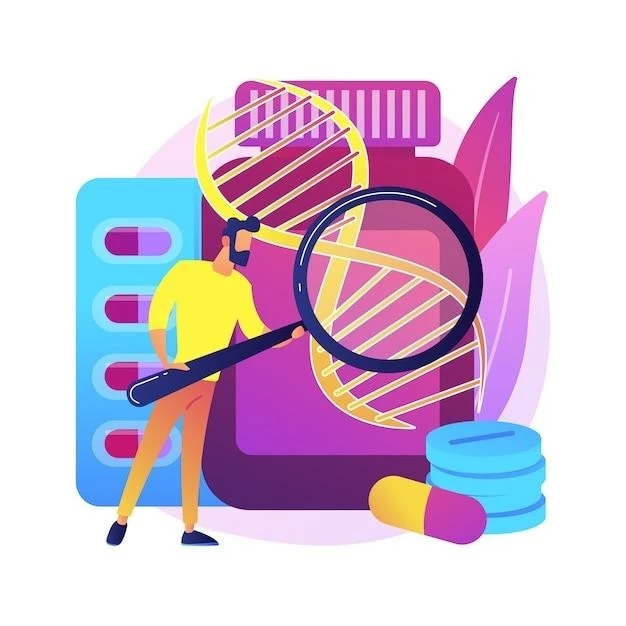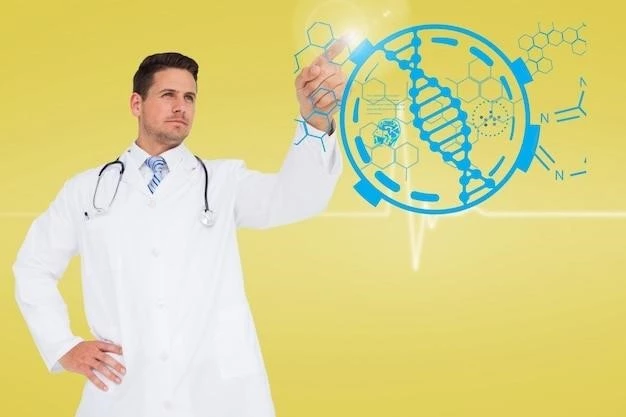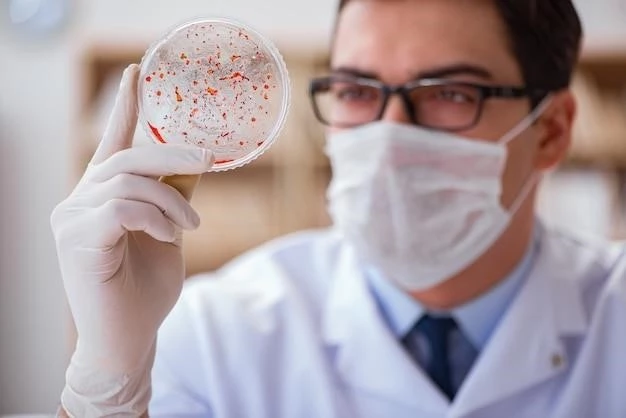Introduction
Disease⁚ Trichodental Syndrome
Welcome to our informative guide on Trichodental Syndrome, a rare ectodermal dysplasia characterized by unique hair and dental anomalies. Learn about the clinical, genetic, and management aspects of this condition to gain a comprehensive understanding.
Overview of Trichodental Syndrome
Trichodental Syndrome is a rare ectodermal dysplasia characterized by unique hair and dental anomalies. It is associated with sparse, fine, dry hair and dental abnormalities including oligodontia, peg-shaped incisors, and shell teeth. The syndrome is inherited in an autosomal dominant manner and has been reported in less than 10 families worldwide. Understanding the clinical, genetic, and management aspects of Trichodental Syndrome is crucial for individuals and families affected by this condition. Seeking support from healthcare providers and joining community groups can provide valuable assistance and resources for managing Trichodental Syndrome.

Clinical Manifestations
Trichodental Syndrome presents with unique hair and dental abnormalities, including sparse, fine, dry hair and dental issues such as oligodontia and peg-shaped incisors. Understanding these characteristic features is essential for early detection and effective management.
Characteristics of Trichodental Syndrome
Trichodental Syndrome is a rare ectodermal dysplasia marked by sparse, fine, dry hair and variable dental abnormalities such as oligodontia, peg-shaped incisors, and shell teeth. This condition, inherited in an autosomal dominant manner, has been documented in less than 10 families globally.
Oral Manifestations and Diagnosis
Trichodental Syndrome is identified by a distinct set of oral manifestations including oligodontia, peg-shaped incisors, and shell teeth. These dental anomalies, coupled with sparse, fine, dry hair, aid in the diagnosis of this rare ectodermal dysplasia. Seeking early diagnosis through thorough dental examinations and genetic testing is crucial for individuals suspected of having Trichodental Syndrome.
Genetic Factors
Trichodental Syndrome is an autosomal dominant genetic disorder characterized by unique hair and dental anomalies. Understanding the inheritance pattern and role of genetic mutations in this syndrome is crucial for diagnostic and management purposes.
Inheritance Pattern of Trichodental Syndrome
Trichodental Syndrome is inherited in an autosomal dominant manner, impacting multiple generations. Understanding this genetic pattern is crucial for individuals and families affected by this rare ectodermal dysplasia. Genetic counseling and testing can provide valuable insights into the risk of passing on the syndrome to future generations.
Role of Genetic Mutations in the Syndrome
Trichodental Syndrome is caused by genetic mutations, known as pathogenic variants, leading to the distinct hair and dental anomalies associated with the condition. Understanding the genetic basis of this rare ectodermal dysplasia is essential for diagnosis, genetic counseling, and potential future advancements in treatment strategies.

Management and Treatment
Effective management of Trichodental Syndrome involves multidisciplinary approaches focused on addressing the unique hair and dental anomalies associated with the condition. Consultation with specialists and genetic counseling can help individuals navigate treatment options and develop personalized care plans to manage this rare ectodermal dysplasia effectively.
Approaches to Managing Trichodental Syndrome
Management of Trichodental Syndrome involves a multidisciplinary approach focusing on addressing the unique hair and dental anomalies associated with the condition. Seeking guidance from specialists, such as geneticists and dentists, can help tailor individualized treatment plans to manage this rare ectodermal dysplasia effectively.
Specialists and Healthcare Providers for Trichodental Syndrome
For individuals with Trichodental Syndrome, consulting with specialists such as geneticists, dentists, and other healthcare providers is essential in managing the unique characteristics associated with this rare ectodermal dysplasia. These experts can offer tailored care and support to improve the quality of life for those affected by Trichodental Syndrome.
Support and Community
Joining support organizations and community groups dedicated to Trichodental Syndrome can provide valuable assistance and resources for patients and families navigating this rare ectodermal dysplasia. These organizations offer support, information, and a sense of community for individuals affected by this condition.
Support Organizations for Patients and Families
Communities and support groups focused on Trichodental Syndrome offer vital resources and a sense of belonging for individuals and families affected by this rare ectodermal dysplasia. These organizations provide valuable support, information, and a supportive environment to navigate the challenges associated with Trichodental Syndrome.
Community Groups and Advocacy for Trichodental Syndrome
Joining community groups and advocacy organizations focused on Trichodental Syndrome can provide invaluable support and resources for individuals and families managing this rare ectodermal dysplasia. These groups offer a sense of belonging, shared experiences, and advocacy efforts to raise awareness and promote understanding of the challenges associated with Trichodental Syndrome.
